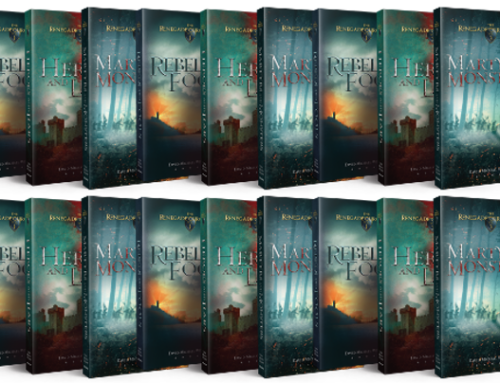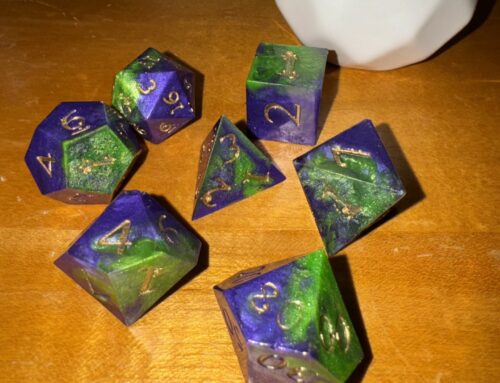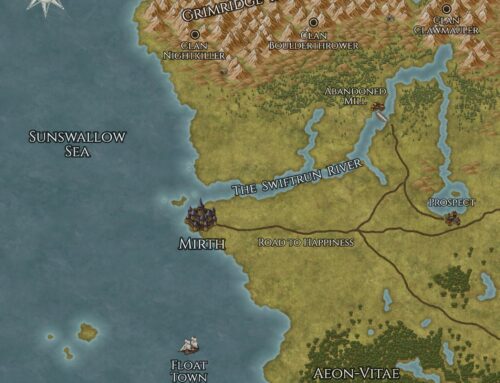
This is a larakeet. Read on to find out why this picture (and headline pun) exists.
Don’t let the headline fool you. I actually enjoy editing.
But sometimes this stage of refinement seems more like an obstacle to progress than actual advancement. At least, that is how I’ve been feeling lately about The Curse of Er’Mah’Gerd, which I had hoped to release this month.
Instead, I’m greaves-deep in creating the third draft of my first tabletop roleplaying game (TTRPG), implementing substantial edits that include:
- Reverting all player characters’ levels back to 1 (instead of starting at 3)
- Rebalancing enemies’ and allies’ stats
- Further streamlining combat
- Redoubling my attempts to make this a game suitable for first-time gamers
- Steering into the weird
While there isn’t a magical—or even mathematical—formula for editing, there are a few commonalities between revising drafts of traditional fiction (like short stories and novels) and interactive fiction (like TTRPGs): you add what’s missing, multiply what’s working well, and subtract what doesn’t need to be there.
That last part can be a considerable problem for us writers. We want the world to know all of our (allegedly) wonderful ideas. Even though authors should know more about our subjects, stories, and characters than the reader ever needs to, the temptation to include as much as we can is strong—often to the detriment of pacing and clarity.
One such example is the content that follows. I had wanted to give gamemasters (GMs) a peek at the prime pantheon that governs Mezzo-Earth, the fantasy setting of The Curse of Er’Mah’Gerd. Well, it ended up being more like a ponderous plunge than a passing glimpse.
So rather than bog down my game with more background before the adventure or another appendix at the end, I have elected to extract the descriptions of these nine gods from my book and include them as “bonus content” here in my blog.
Because in addition to enjoying editing, I’m also a big fan of repurposing!
The Gods of Good
The Gods of Neutrality
The Gods of Evil
If you want to learn more about The Curse of Er’Mah’Gerd, check out these earlier blog posts, and be sure to sign up for my newsletter so you don’t miss the delayed-but-destined release of my first game!



Leave a comment